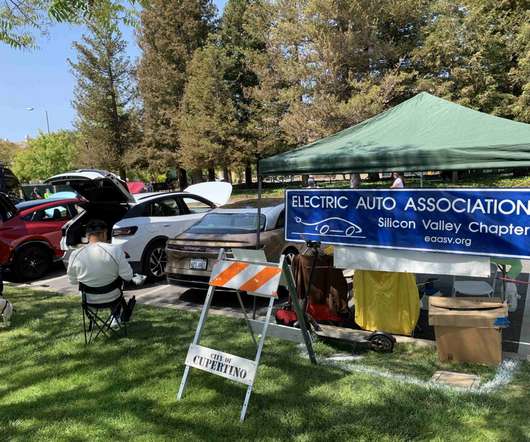Honda opens Smart Home US in California; produces more energy than it consumes; direct DC-DC EV charging
Green Car Congress
MARCH 25, 2014
The home, located on the West Village campus of the University of California, Davis, is capable of producing more energy on-site from renewable sources than it consumes annually, including enough energy to power a Honda Fit EV for daily commuting. DC-to-DC electric vehicle charging. Photo by Dorian Toy. Click to enlarge.






















Let's personalize your content